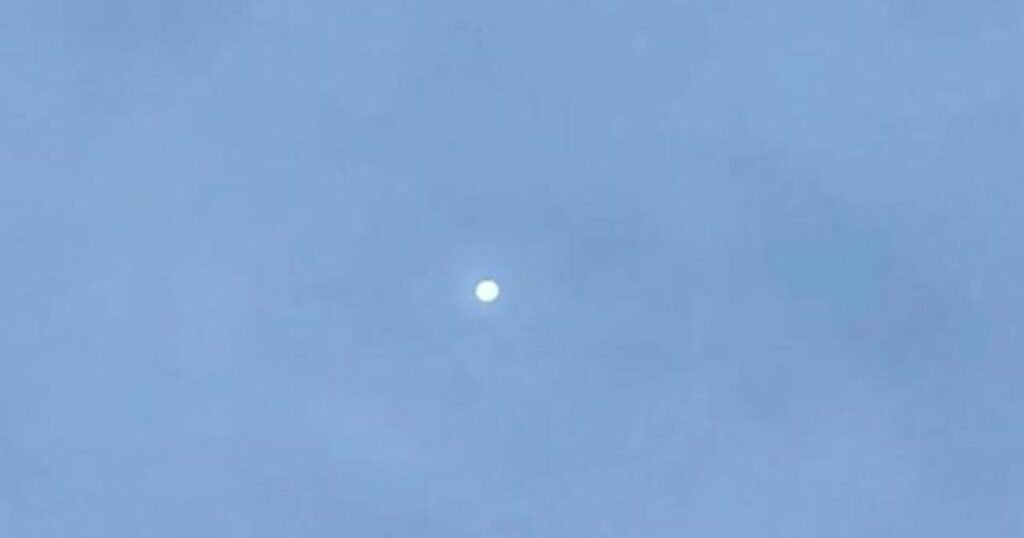The Pentagon’s monitoring of a suspected Chinese surveillance balloon in the sky over the continental United States raises a number of questions, not the least of which is what it might be accomplishing.
The flight route of the balloon, initially detected over Montana on Thursday, may potentially take it over a “number of sensitive facilities,” according to US officials, who are taking precautions to “guard against foreign intelligence collection.”
But it’s unclear why Chinese spies would prefer to gather intelligence by balloon rather than satellite.
This is not the first time a Chinese balloon has been observed over the United States, but this one appears to be acting differently from previous ones, according to a US defense official.
“It is appearing to hang out for a longer period of time, this time around, [and is] more persistent than in previous instances. That would be one distinguishing factor,” the official said.
Role of satellites in spying
The use of balloons as spying platforms dates back to the early Cold War era. According to Peter Layton, a fellow at the Griffith Asia Institute in Australia and a former Royal Australian Air Force officer, the US has since used hundreds of them to keep tabs on its enemies.
However, the usage of surveillance balloons had become outmoded since the development of contemporary satellite technology, which allowed for the collection of overflight intelligence data from space.
Or at least until now.
Recent advances in the miniaturization of electronics mean that floating intelligence platforms may be making a comeback in the modern spying toolkit.
“Balloon payloads can now weigh less and so the balloons can be smaller, cheaper and easier to launch” than satellites, Layton said.
Blake Herzinger, an expert in Indo-Pacific defense policy at the American Enterprise Institute, said despite their slow speeds, balloons aren’t always easy to spot.
“They’re very low signature and low-to-zero emission, so hard to pick up with traditional situational awareness or surveillance technology,” Herzinger said.
And balloons can do some things that satellites can’t.
“Space-based systems are just as good but they are more predictable in their orbital dynamics,” Layton said.
“An advantage of balloons is that they can be steered using onboard computers to take advantage of winds and they can go up and down to a limited degree. This means they can loiter to a limited extent.
“A satellite can’t loiter and so many are needed to crisscross an area of interest to maintain surveillance,” he said.
According to Layton, the suspected Chinese balloon is likely collecting information on US communication systems and radars.
“Some of these systems use extremely high frequencies that are short range, can be absorbed by the atmosphere, and being line-of-sight is very directional. It’s possible a balloon might be a better collection platform for such a specific technical collection than a satellite,” he said.
Retired US Air Force Col. Cedric Leighton, a CNN military analyst, echoed those thoughts.
“They could be scooping up signals intelligence, in other words, they’re looking at our cell phone traffic, our radio traffic,” Leighton told CNN’s, Erin Burnett.
Intelligence data collected by the balloon could be relayed in real-time via a satellite link back to China, Layton said.
Analysts also pointed out that US strategic bomber sites and intercontinental ballistic missile silos are located in Montana and neighboring states.
According to US authorities, steps have been made to ensure that the balloon cannot capture any sensitive data. Due to the potential danger that falling debris posed to people and property, they chose not to fire it down.
Layton said that the balloon might reveal some of its own secrets if the US could bring it down on its soil without killing it.
